Shooting macro photographs of insects is a hugely fun and rewarding area of photography and with the winner of this year's Wildlife Photographer of the Year being a macro shot, it's sure to increase in popularity over the near future. The problem for us budding macro photographers is that there are a few tricky elements to getting a good shot of a bug or insect. Hopefully, these tips will point you in the right direction.
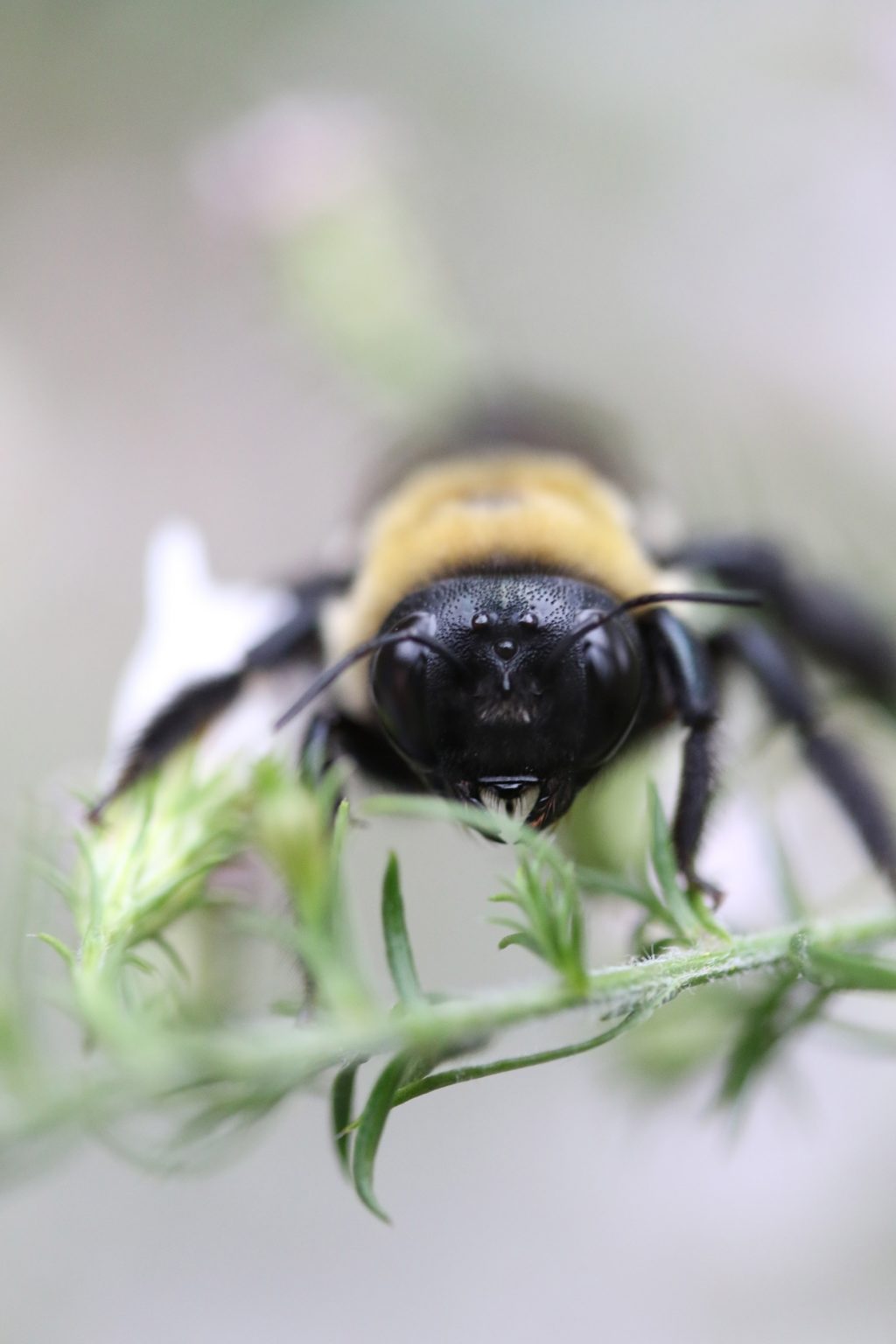
Photo by Kelsey Krajewski
1) Have Patience – While many insects such as flies and bees are often easy to spot because they move around so much (which makes them difficult to shoot anyway), most insects are either slow moving or remain perfectly still when you're trying to find them. Sometimes this is their normal state of being and sometimes they are trying to hide from predators or attract and trap food. If you sit down and stare at a small space of bush, ground or leaves you will often find at least one or two insects sitting patiently.
2) Hunt Wisely – Each type of insects have places that they prefer to be. Bees and flies are attracted to pollen and nectar producing flowers. Ants are attracted to anything that dies such as worms or insects. Spiders often live between or on tree branches. Know what you are looking for and then go to the more likely places for finding it. Many insects are also attracted to areas where water collects such as puddles and other stagnant water. Often these can be a rich hunting ground when you are looking for photogenic insects.
3) Approach Slowly – When you spot an insect that you would like to take some shots of, don't rush up to it or it will probably run or fly away. Often the insect will remain where it is if you just walk up to it slowly and try not to startle it. The image below was taken when I spotted the spider and approached it very slowly. A few days later, I approached the same spider who was still there and this time he was eating a fly. I rushed up too quickly and he dropped the fly in fright. Shot ruined!

4) Get Up Early – Shooting insects in the mornings has a couple of advantages. Firstly, the light is often great and can really work well with insect shots. Secondly, many insects are still in the process of waking up to a new day so they are moving around slowly. This gives you a much better chance of capturing a good shot as it gives you more time to set it up.
5) Consider the Background – A good background will add a lot of impact to a macro photograph of an insect. Simply angling yourself so that a colorful leaf or flower is behind your subject will really make a difference. Remember that if you are using a flash (and you probably will be) then you may create a dark or black background to your image if your background is too far away from your insect. You can counter that problem with a second flash to illuminate the far-away background, but it is easier to simply shoot at an angle that allows you to show the insect against a close and colorful leaf or branch.
6) Don't Get Hung Up on Gear – The image below by Thomas Shahan (check out his incredible website) was shot on a Pentax camera with a macro bellow, a reversing ring, a teleconverter, and a flashlight diffuser made from stuff he found around the house (see his camera setup here). This is the photographic equivalent of Frankenstein and it produces phenomenal results. You can get bellows off eBay from $60 and reversing rings for about $25. Tele-converters are also quite cheap (You probably won't need this level of magnification anyway – a bellows or reversing ring alone will be fine for most shooters). The point is that you should not feel that you need to rush out and buy expensive macro gear to achieve great results.

7) Shooting Angle – Taking images of insects from above tends to produce mediocre shots. Get down low and compose your image. Looking into the face of a bug is far more interesting than looking at its back from the top down. Look through your favorite macro shots on Flickr or Picasa and take note of the angles at which they are shot. Try to emulate the same angles. Usually that means getting down and dirty.
Macro insect photography involves getting frustrated, getting down in the dirt and occasionally getting stung by an insect for your efforts. It's hard work to produce a good image, but it's also a load of fun!



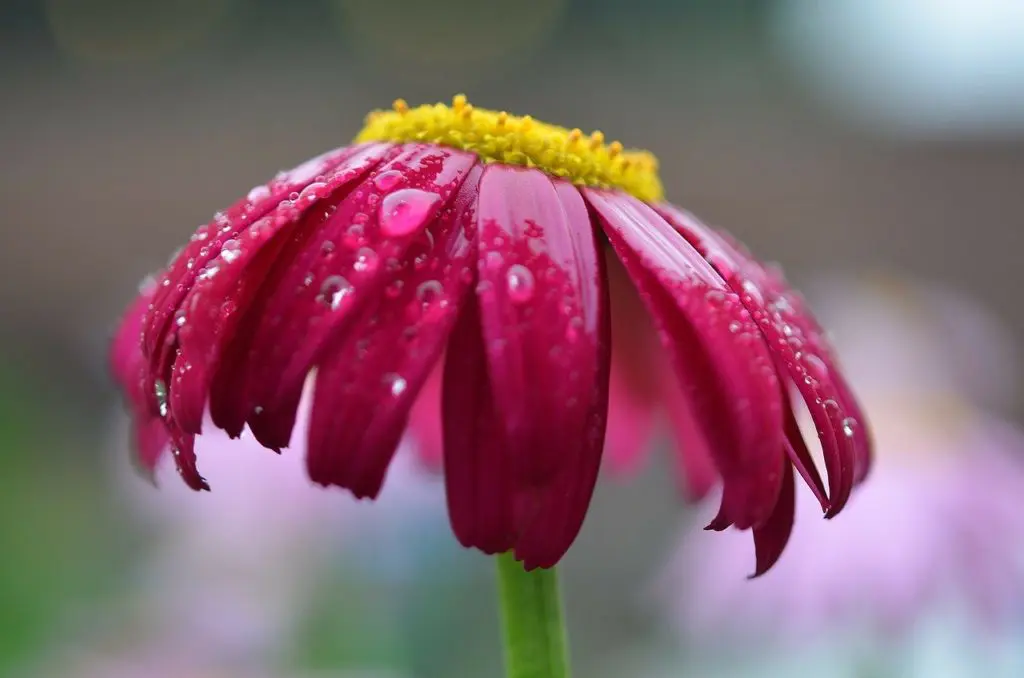
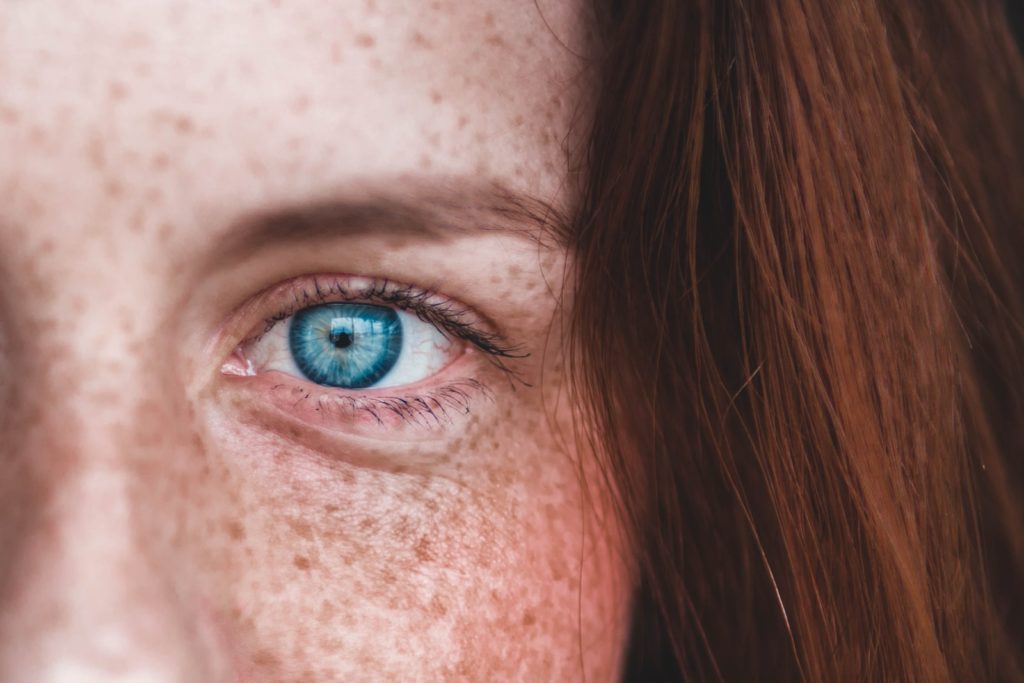
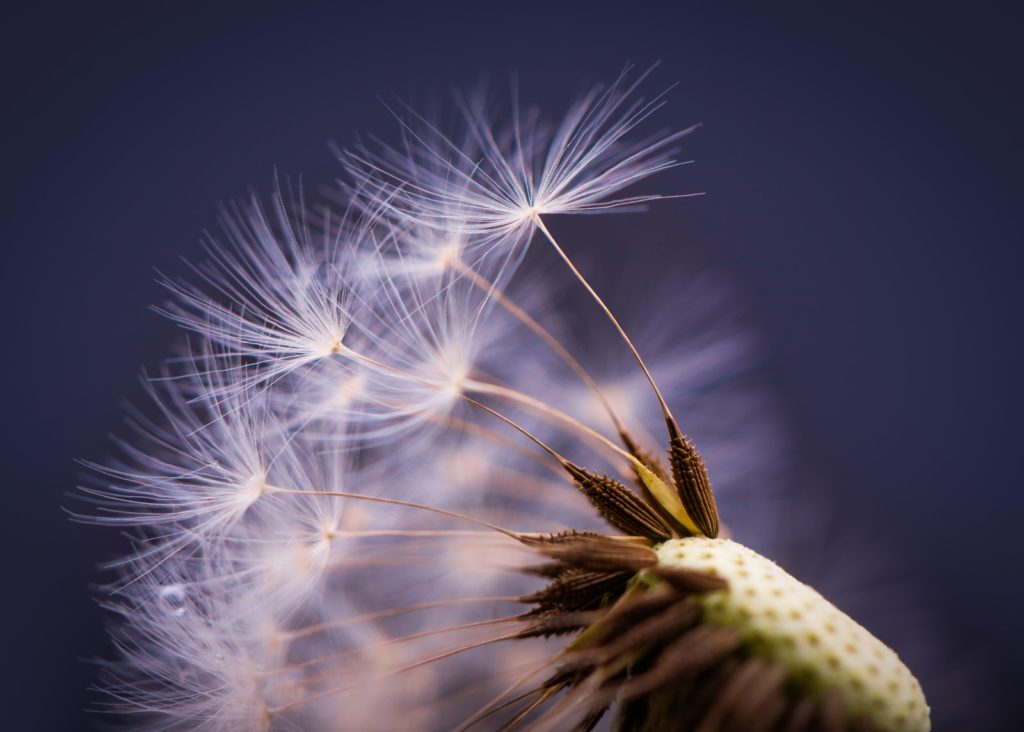
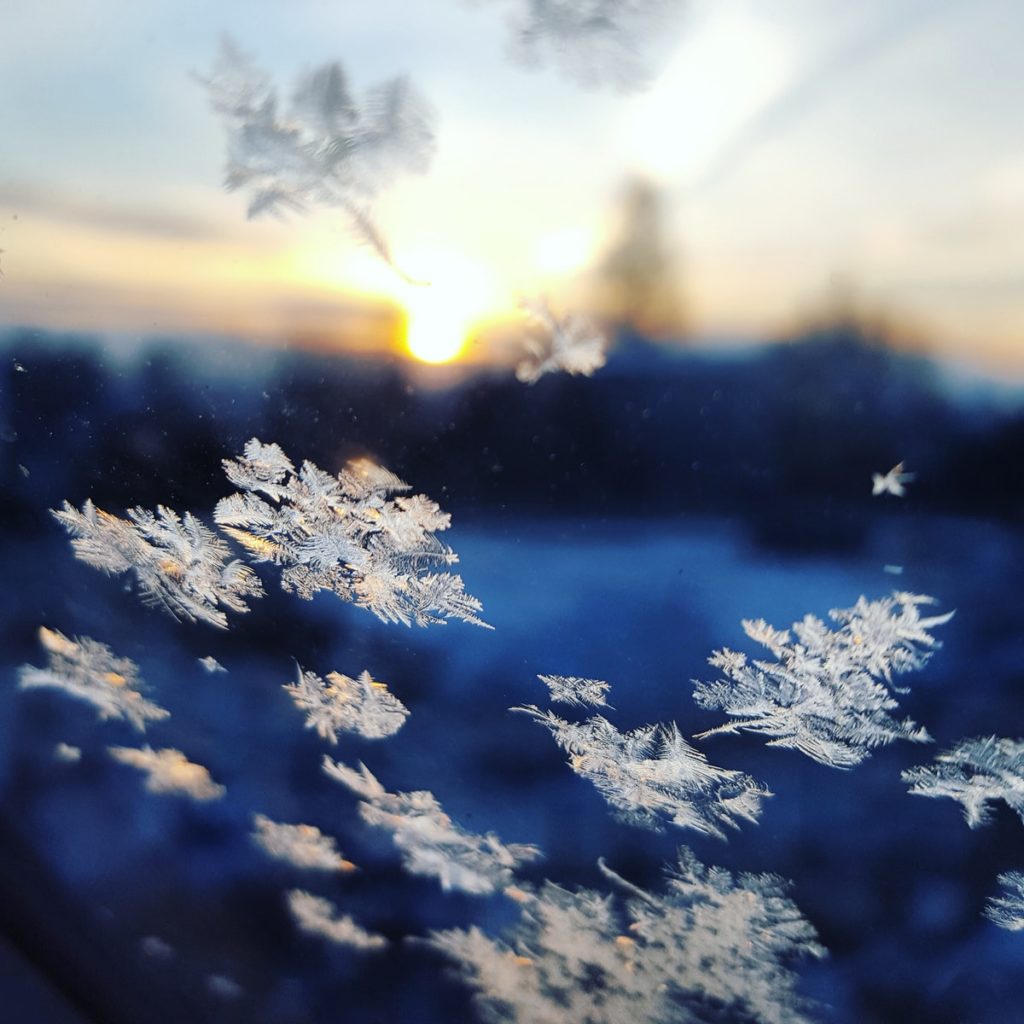
7 Comments
I love macro photography, especially insects.
One of the best aspects of this kind of photography is “the hunt” it self and the “trophy”- fantastic shot with incredible detail, detail you wouldn’t normally see.
Check out my macro photographs at
https://4.bp.blogspot.com/_VlWML9h6Y_Y/S3aZkFkr1OI/AAAAAAAACTE/NnNDxXfOLiw/s640/redback-tx.jpg
Beautiful images and a good post. Thank you.
Photographing insects is a great challenge, but it also reveals the incredible macro universe right next to us. Check here some fantastic insects portraits
Very nice photography, Thank You for sharing your images.
wonderful images and good points. have fun with macro!
Great photos and information! I agree particularly with tip 6. Although better gear can help, don’t think that you can’t take great macro photos with a P&S. Thanks.
When I first started shooting macro photography, I couldn’t get over how hard it can be on your body. You need to have plenty of patience for sure. Here is one of my shots